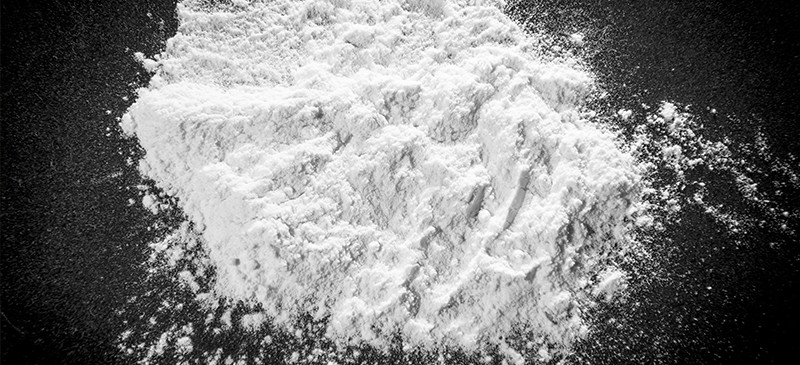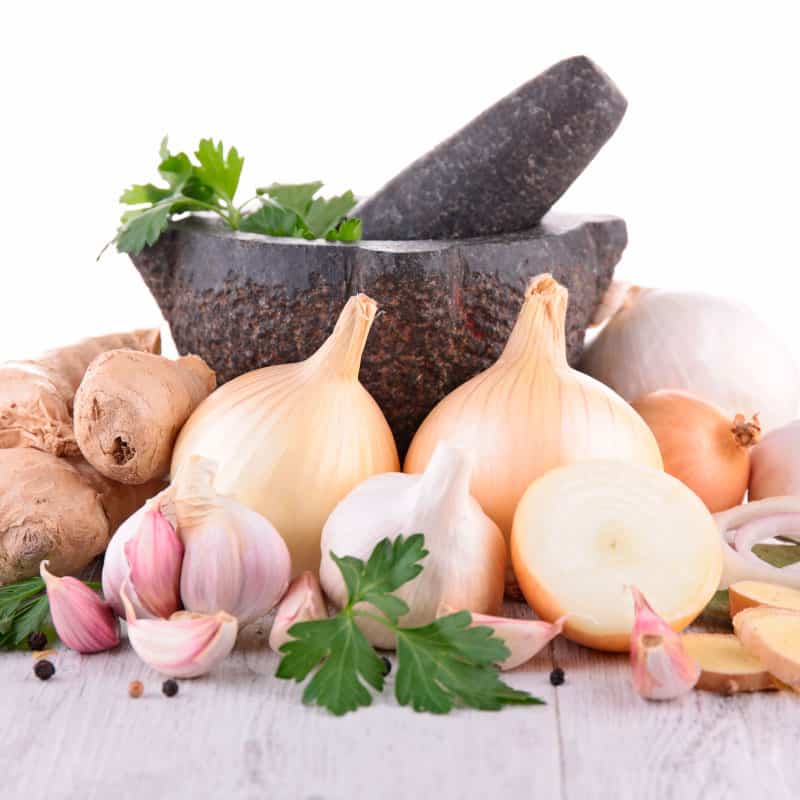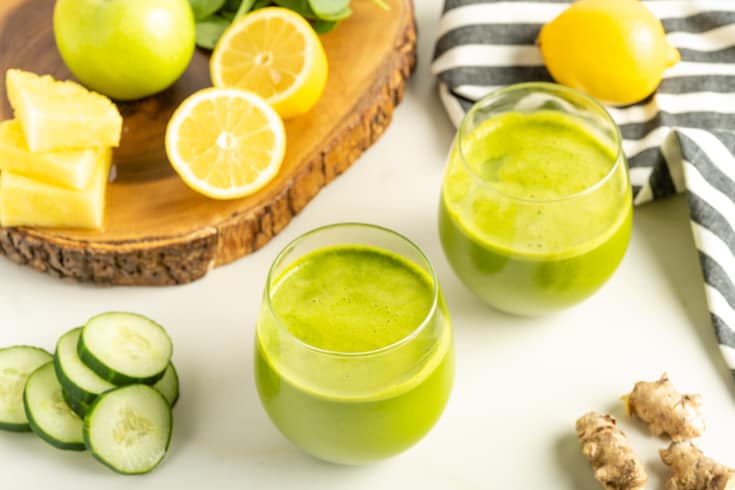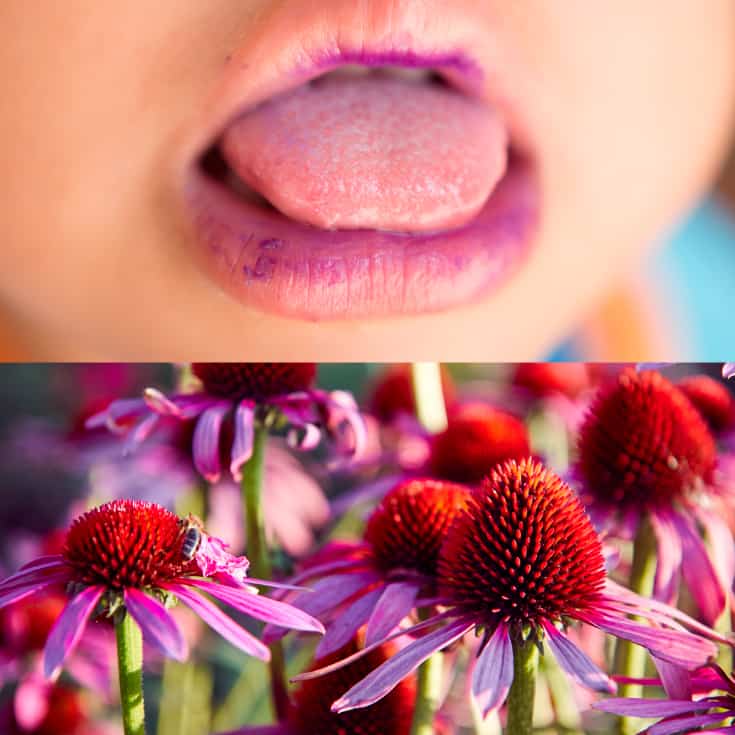This Dr. Axe content is medically reviewed or fact checked to ensure factually accurate information.
With strict editorial sourcing guidelines, we only link to academic research institutions, reputable media sites and, when research is available, medically peer-reviewed studies. Note that the numbers in parentheses (1, 2, etc.) are clickable links to these studies.
The information in our articles is NOT intended to replace a one-on-one relationship with a qualified health care professional and is not intended as medical advice.
This article is based on scientific evidence, written by experts and fact checked by our trained editorial staff. Note that the numbers in parentheses (1, 2, etc.) are clickable links to medically peer-reviewed studies.
Our team includes licensed nutritionists and dietitians, certified health education specialists, as well as certified strength and conditioning specialists, personal trainers and corrective exercise specialists. Our team aims to be not only thorough with its research, but also objective and unbiased.
The information in our articles is NOT intended to replace a one-on-one relationship with a qualified health care professional and is not intended as medical advice.
Is Borax Safe for Your Household DIYs?
January 2, 2024

Borax has been called a non-toxic pesticide that’s not only used to kill ants and roaches, but it’s also used in cleaning products, laundry detergents and cosmetics.
It turns out that this naturally occurring mineral salt that comes from boron isn’t as non-toxic as predicted. In fact, studies show that ingesting and inhaling borax can lead to major adverse effects, from respiratory issues to digestive problems. Plus, using it topically can cause skin irritations like eczema and a stinging sensation.
What’s more, the mineral is also a common ingredient in kid’s slime recipes. We know from studies that children are at an increased risk of borax side effects, and even small doses can be extremely toxic when ingested.
It looks like sodium borate can’t be considered safe, and when it is used for household cleaning or as a pesticide, some serious precautions need to be taken.
What Is Borax?
Borax is a white mineral powder that’s commonly used for home cleaning and laundry. The alkaline powder, also called sodium tetraborate or sodium borate, is a salt of boric acid.
The name “borax” is derived from the word “borak,” which means white in Persian. The mineral has been used for centuries as a flux for soldering. Research shows that, today, about 75 percent of the world supply of borax is mined in Southern California, where it was discovered in the 1860s.
Borax is a boron compound that’s white, powdered and can dissolve in water. You can easily find powered sodium borate for sale in home or department stores.
In household products, sodium borate is used to remove stains mildew and mold. It’s also used in laundry detergents as a whitening and odor-neutralizing agent.
Perhaps the most well-known borax use is as a pesticide. Although it’s been deemed low in toxicity, studies suggest that just inhaling the mineral powder can lead to some serious side effects.
Borax vs. Boric Acid vs. Sodium Borate
The chemical name for borax is sodium tetraborate, or sodium borate. They are the same thing.
Boric acid is manufactured from several borate minerals and brines, including borax. Boric acid is made by combining sodium borate with a strong mineral acid, like hydrochloric acid.
It’s a common misconception that these substances have the same chemical makeup, but they don’t. Boric acid is not a naturally occurring substance — it’s created by reacting borax and a mineral acid.
Boric acid is a white crystalline, oxygen-bearing acid that’s derived from boron. It’s commonly used for pest control, but it’s also present in antiseptic agents, medicated powders, skin lotions, eyewash products and paints.
Boric acid can be toxic at much lower doses than borax if it’s ingested. Plus, research suggests that the chemical is linked to endocrine disruption.
Popular Uses
Borax is commonly used in cleaning products because of its disinfecting and whitening effects. Beyond house cleaning, the mineral salt is used for many other purposes, including the following:
- pest/insect control
- laundry cleaner and stain removal
- odor neutralizer
- mold and mildew remover
- anti-fungal compound in foot soaks
- in enamel glazes
- fire retardant
- texturing and thickening agent food products
- water-softening agent
- melting agent in welding iron and steel
- component in glass, ceramics and pottery
- buffering agent in pools
- in fireworks to create a green tint
Sodium borate can be found in many cosmetic products, like body lotions, shampoos and bath bombs. It’s used in these products as an emulsifying and buffering agent, as well as a preservative.
The mineral salt is also combined with glue to make kid’s slime, but many articles have pointed out the potential toxic effects from this combination. Parents have been advised to use borax-free slime recipes instead.
Is Borax Safe?
Exposure to sodium borate may cause adverse side effects in some cases, according to the National Institutes of Health’s Toxicology Data Network.
Studies have found that borax side effects may include the following:
- Irritation: Irritation may occur after using borax topically on the skin, hair and eyes. This can lead to skin reactions, such as eczema, a stinging sensation, flushed skin and dermatitis.
- Respiratory issues: Inflammation of the mucus membranes (leading to bronchitis and laryngitis) has occurred after long-term industrial exposure to borax. Studies also show that borax workers have experienced dryness of the mouth, nose and throat; dry cough; nose bleeds; sore throat; shortness of breath; and chest tightness.
- Digestive problems: High doses of sodium borate has led to gastrointestinal issues, including nausea, vomiting and diarrhea.
- Reproductive effects: Animal studies show that sodium borate may be toxic to reproduction and development at high doses.
According to research published in Toxicology, fatal doses of borax for humans are estimated to be five to six grams for children and 10–25 grams for adults.
It’s true that many of these sodium borate side effects are caused by high doses or workplace exposure, but there have been reports of adverse events after topical uses, even from cosmetics that include the mineral.
A concern among parents is that borax is commonly used as an ingredient in homemade slime recipes. That means that children are touching the mineral salt, and it can be ingested through a hand-to-mouth transfer.
Being that ingesting borax can be fatal for children at doses of five to 10 grams, it’s important that children don’t get their hands on the substance in any capacity. That means that they shouldn’t be playing with borax slime, use body products containing the mineral or have access to sodium borate cleaning supplies.
For adults using products made with sodium borate for house cleaning, laundry or as a pesticide, follow the following safety precautions:
- Don’t use borax on your skin. Avoid body or cosmetic products containing the mineral.
- Use caution when using cleaning products containing the mineral. Wear gloves to avoid contact, and be sure not to touch your eyes, nose or mouth before washing your hands.
- Use natural cleaning products that are made with non-toxic ingredients.
- Do not use borax in kid’s slime recipes.
- Do not use the mineral as a pesticide inside your home.
- Keep products containing the mineral in a safe place, away from pets and children.
- Avoid inhaling borax powder.
- If borax is ingested or inhaled by a child (or in larger amounts by an adult), call the American Association of Poison Control Centers at 1-800-222-1222. Do this even if you are unaware of how much was consumed. The medical expert will provide further advise.
Final Thoughts
- Borax, or sodium borate, is an alkaline mineral salt that comes from boron. It’s a white powder that’s used in a range of products.
- Sodium borate is a pesticide, whitening and disinfecting agent, emulsifier, thickener, mold remover and odor neutralizer. It’s used is cosmetic products, household cleaners, laundry detergents and in various industrial products.
- Although the mineral is commonly called a low-toxicity substance, research suggests that inhaling, ingesting and applying it can cause major adverse effects. These side effects include digestive and respiratory issues, skin reactions, and even death.





